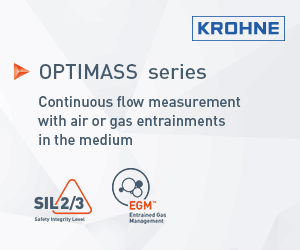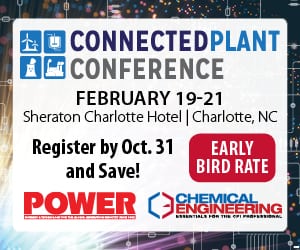|
||||||
| Extracting gold without cyanide
The first gold using a process without cyanide and without mercury has been produced using technology from CSIRO Minerals Technology (www.csiro.au) at a demonstration plant in the Western Australian goldfields. Cyanide is used in more than 90% of global gold production, but producers are facing increasingly tough regulations restricting the use of cyanide due to environmental and health concerns. The CSIRO technology replaces cyanide with thiosulfate, a nontoxic, mobile-plant alternative.»
|
||||||
| Japan takes a major step toward a hydrogen-based economy
A Japanese consortium has started the construction of the Fukushima Hydrogen Energy Research Field (FH2R), which is said to be the world’s largest hydrogen-based energy system — a step towards a hydrogen-based economy. Located in Namie-cho, Fukushima Prefecture, FH2R will operate a 10-MW class hydrogen-production facility that will start operation in 2020, after final tests to verify the technologies. Hydrogen produced at FH2R will be used to power fuel cell vehicles and to support factory operations. »
|
||||||
|
Advanced ODC electrolysis reduces energy consumption even more
Around 70% of all chemical products use chlorine in their manufacturing process. At the same time, the production of this important base chemical is one of the most energy-intensive processes in the chemical industry. In order to change that, thyssenkrupp Industrial Solutions AG (Essen, Germany; www.thyssenkrupp-industrial-solutions.com) is offering the NaCl-ODC (oxygen depolarized cathode) electrolysis technology, which lowers power consumption and indirect CO2 emissions by up to 25% compared to standard chlor-alkali processes. »
Materials properties discovery aided by machine learning
Advanced thermal hydrolysis pretreatment boosts biogas production
A new materials-discovery platform that relies on machine-learning enables scientists and engineers to conduct large-scale searches and predict material properties from atomic structure data. Known as Xaedra, the artificial intelligence platform allows users to define desired properties and quickly identify materials that are likely to exhibit those properties. »
Thermal hydrolysis of wastewater sludge before it enters anaerobic digestion units can increase the rate of residuals-to-biogas conversion (biogas production) and increase the feed concentration, the combination of which significantly reduces anaerobic-digester reactor volume. An advanced thermal hydrolysis process (THP) is being installed as part of the Washington Suburban Sanitary Commission’s Piscataway Water Resource Recovery Facility bio-energy project. »
|
||||||
| A compact system cleans fluegas from glass-melting furnaces
Furnaces used in the production of glass are normally equipped with fluegas-cleaning plants that have separate steps for the treatment of particulate matter, acid crude gases and oxides of nitrogen (NOx). GEA Group AG (Düsseldorf, Germany; www.gea.com) has developed a technology that performs all these tasks in a single step, in a single reactor. »
|
||||||
|
||||||
from our bookstore
|
||||||
|
||||||
© 2018 Access Intelligence, LLC. All rights reserved. |



